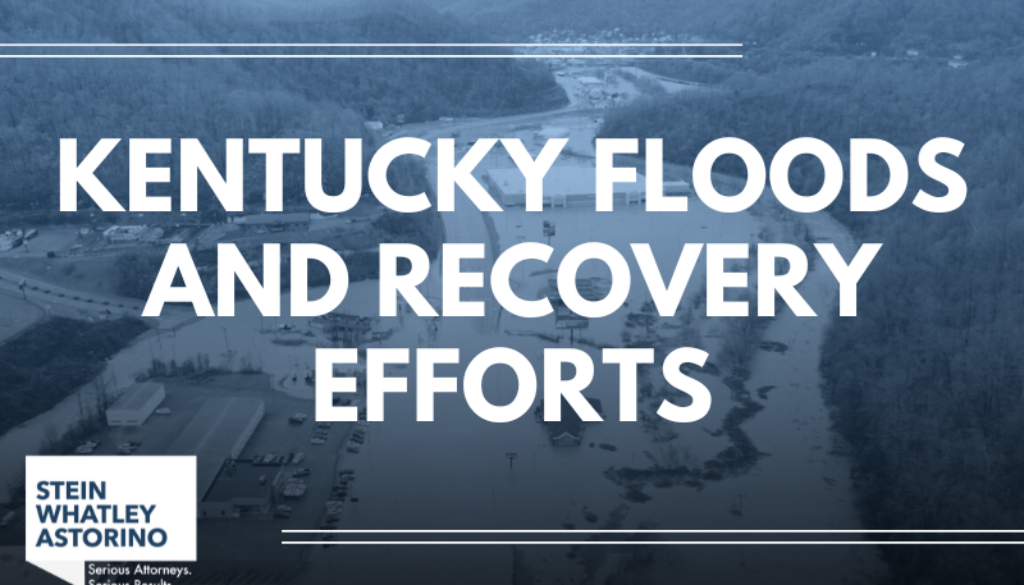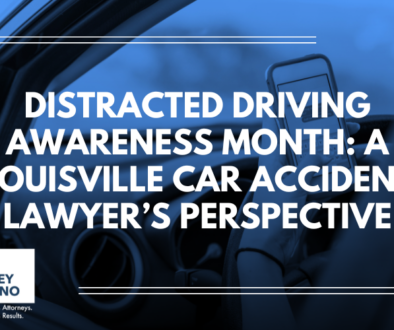Kentucky Floods and Recovery Efforts
This past week, Kentucky floods were a catastrophic natural disaster. Relentless storms unleashed severe flooding across the state. The deluge resulted in significant loss of life and widespread property damage and left numerous communities grappling with the aftermath.
The Onset of the Kentucky Floods
According to the National Weather Service, a prolonged period of heavy rainfall inundated Kentucky beginning on February 14th. Throughout the weekend, from February 15 to 16, the state experienced widespread rainfall totals ranging from 2 to over 6 inches, with the heaviest precipitation occurring from Friday night through Saturday. This relentless downpour caused rivers and streams to swell beyond their banks and caused extensive flooding in multiple regions.
Devastating Impact and Rising Death Toll
The severe flooding had a tragic human cost. As of February 17, 2025, Governor Andy Beshear confirmed that at least 14 individuals lost their lives due to the flooding. The fatalities spanned several areas, including Hart County, Pike County, Washington County, Clay County, Floyd County, and Nelson County. Among the victims were a mother and her 7-year-old child in Hart County and an older man in Clay County who was swept away while attempting to drive through floodwaters. The governor emphasized that the death toll could rise as rescue and recovery operations continued.
Counties Hardest Hit by Kentucky Floods
Pike County bore the brunt of the disaster. Governor Beshear noted that Pike County was “hit harder than any other place in this state.” The North Fork Kentucky River in Hazard crested at 30.52 feet, marking the worst flooding since 1984. The Levisa Fork in Pike County reached a crest of 46.68 feet, severely damaging Pikeville High School and numerous homes along the river. The city of Pikeville became inaccessible due to flooded roadways and complicated rescue efforts.
In addition to Pike County, Hart County experienced significant devastation. Hart County reported multiple fatalities. Washington, Clay, Floyd, and Nelson counties also faced severe impacts, including loss of life and property damage. The widespread nature of the flooding affects communities across the state as all 120 counties report some level of flooding.
Statewide Emergency Response
Governor Beshear declared a state of emergency and mobilized resources to assist affected communities in response to the widespread devastation. The declaration facilitated coordination among various agencies and expedited the deployment of aid. The Federal Emergency Management Agency (FEMA) was engaged to provide federal assistance. President Donald Trump approved a disaster declaration for Kentucky that enabled federal resources to bolster state and local recovery efforts.
Rescue operations were extensive, with over 1,000 individuals rescued from floodwaters. Emergency responders, including the National Guard, local fire departments, and volunteer organizations, worked tirelessly to reach those stranded by the rising waters. Despite their efforts, the rapidly changing conditions and widespread nature of the Kentucky flooding posed significant challenges.
Winter Storm Compounding Challenges
A severe winter storm followed closely on the heels of the heavy rainfall as if the flooding were not enough. The storm brought significant snowfall and freezing temperatures to the already devastated regions and further complicated recovery efforts. The National Weather Service issued winter weather advisories, warned of hazardous travel conditions and the potential for additional power outages. The combination of flood damage and winter weather created a precarious situation for residents and responders alike.
Community Impact and Recovery Efforts
The flooding disrupted daily life for thousands of Kentuckians. Many homes were submerged, leading to displacement and loss of personal belongings. Infrastructure suffered extensively, with roads rendered impassable, bridges damaged, and utilities compromised. During the critical initial response period, power outages affected approximately 39,000 homes and left residents without electricity.
Local organizations have established shelters for displaced individuals, and donation drives have been organized to provide essential supplies. State and federal agencies are collaborating to assess the damage and initiate recovery programs aimed at rebuilding infrastructure and assisting residents in their return to normalcy.
Guidance from a Personal Injury Lawyer
In the wake of the devastating Kentucky flooding, here are some tips for affected residents to help navigate insurance claims, repairs, and legal matters. Key recommendations include:
Report Insurance Claims Promptly – Due to high claim volumes, inspections may be delayed. Keeping track of all correspondence with insurers is crucial.
Document Damage – Take photos and videos of property damage, especially water intrusion, to support claims.
Avoid Repair Scams – Hire only licensed, bonded, and insured contractors, check references, and get agreements in writing.
Seek Estimates for Repairs – Many insurers and disaster relief organizations (e.g., FEMA, Red Cross) may rely on photos, videos, and estimates instead of in-person inspections.
Make Temporary Repairs – Prevent further damage but avoid permanent fixes until insurers approve.
Keep Receipts – Document all purchases related to replacements.
Communicate Clearly in Writing – Outline requests clearly, specifying what is needed and why.
Be Honest in Claims – Exaggerating damages could lead to complications or denial of claims.
Escalate Issues When Needed – Try resolving disputes informally but escalate in writing and seek government agency assistance if necessary.
Legal Assistance – Some organizations, like the Kentucky Justice Association, have volunteer lawyers ready to help residents navigate insurance claims.
Contacting a Personal Injury Attorney After Kentucky Flooding
You may find that you need to retain a lawyer to deal with insurance companies that are being unreasonable or denying your claims. Seeking the help of a Pikeville lawyer, Munfordville lawyer, Horse Cave lawyer, Springfield lawyer, Corbin lawyer, Manchester lawyer, Prestonsburg lawyer, or Bardstown lawyer may not be a practical option. Many of these lawyers have been affected by the Kentucky flooding as well. The local attorneys who are not personally affected likely do not have the resources to manage the volume of claims needed for these regions to recover. If you are struggling with insurance denials, you may want to contact legal counsel in Lexington or Louisville for help. Make sure that you are contacting experienced attorneys who handle insurance claims.
Want to Contribute to Those Affected by Kentucky Floods?
If you want to donate, the Kentucky Justice Association has a quick link for donations to the “Kentucky Strong Disaster Relief Fund.” Contribute what you can to help. 100% of the donations go to those affected by the Kentucky floods and in need.




